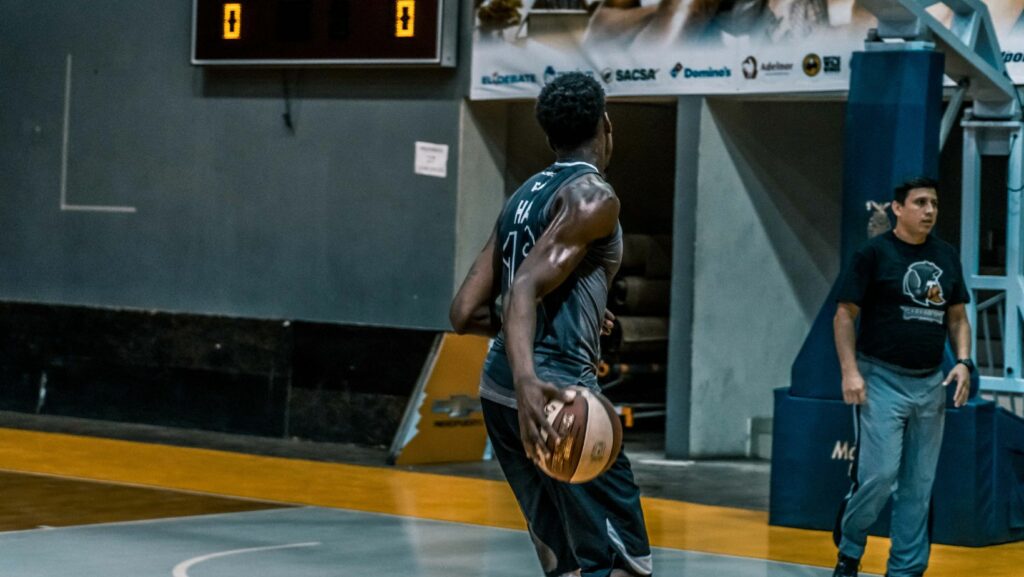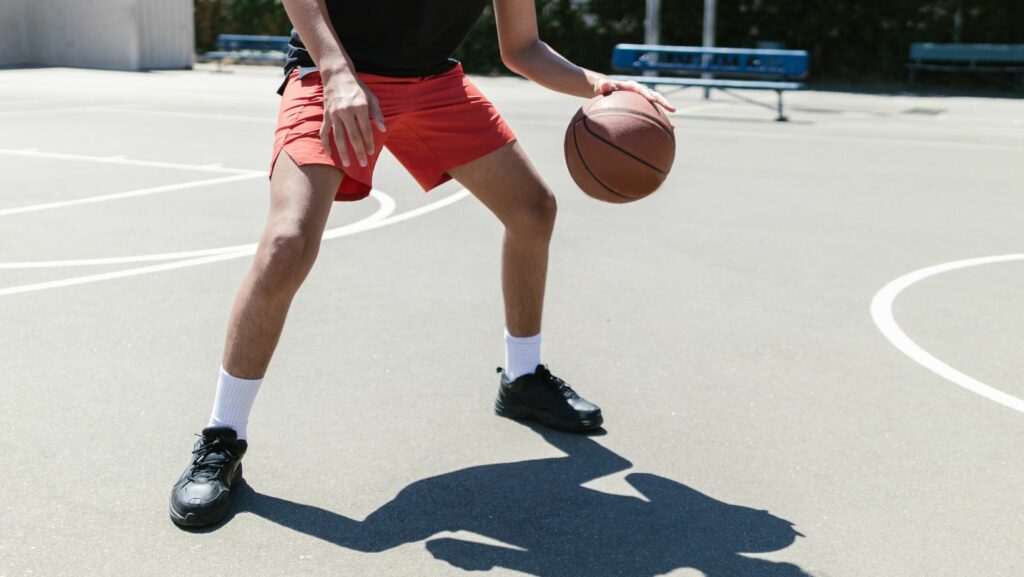Shortest NBA Player Height

In a league dominated by towering giants, the NBA has always been a showcase of exceptional talent and athleticism. Yet, it’s not just the tallest players who leave a lasting impact on the court. Some of the shortest players in NBA history have defied the odds, proving that skill and determination can triumph over height. These athletes have not only dazzled fans with their agility and speed but have also inspired countless others to pursue their dreams regardless of physical limitations.
The stories of these diminutive players are as fascinating as they are inspiring. They remind us that the game of basketball is as much about heart and strategy as it is about physical attributes. By examining the careers of the shortest players to ever grace the NBA, we gain insight into how they carved out successful careers and left their mark on the sport. Their journeys are a testament to the power of perseverance and passion in the face of adversity.
Historical Context Of Player Heights In The NBA
In the early days of the NBA, during the 1940s and 1950s, most players stood below 6 feet 7 inches. The game relied more on agility and technique than height. As the league evolved, player height increased. By the 1980s and 1990s, centers routinely exceeded 7 feet.

Despite this trend, shorter players have maintained a significant role in the NBA. Athletes like Muggsy Bogues and Earl Boykins, who stood at 5 feet 3 inches and 5 feet 5 inches respectively, carved niches through skill and agility. These players challenged the notion that height is crucial for success in basketball.
Over time, the NBA’s dynamics have shifted from focusing solely on towering figures to embracing diverse player profiles. Height often complements, but does not replace, the need for skill, strategy, and determination in modern basketball.
In recent years, the emphasis on versatile skill sets has become apparent as teams value players who excel in multiple areas, regardless of height. The league’s history underscores that basketball excellence transcends mere physicality.
The Shortest NBA Player In History
Standing at just 5 feet 3 inches, Tyrone “Muggsy” Bogues is celebrated as the shortest player to ever compete in the NBA. Despite his height, Bogues carved out a successful career lasting 14 seasons.
Mugsy Bogues: A Legacy Of Tenacity
Muggsy Bogues, known for his speed and defense, defied expectations by excelling in a league dominated by much taller athletes. He recorded more than 6,800 assists during his career, showcasing exceptional playmaking skills. Bogues’ time with the Charlotte Hornets remains his most notable era, where he became a fan favorite and an integral team leader. Beyond statistics, his relentless spirit and dedication have inspired countless players to focus on skills and perseverance.
Comparisons To Other Short Players
When compared to other short players like Earl Boykins, who stood at 5 feet 5 inches, Bogues’ career is distinguished by its duration and impact. Boykins also enjoyed a successful NBA stint with notable performances but didn’t match Bogues’ longevity and influence. Both players demonstrated that height can be an advantage, not a limitation, in basketball. Their achievements highlight the significance of strategic play and skill in overcoming physical odds.
Impact Of Height On Playing Style
Height significantly influences an NBA player’s style. Shorter players often develop unique strategies to excel on the court.

Short players, like Muggsy Bogues and Earl Boykins, adapted their playing style to compensate for their height. Quick reflexes and agility allowed them to navigate tight spaces and outrun taller opponents. Defense relied heavily on anticipation and intercepting passes, while offense capitalized on speed for fast breaks and quick layups. Passing skill was a key component, helping create scoring opportunities for teammates.
Short stature offers distinct advantages in basketball. Lower center of gravity enhances balance and agility, facilitating quick directional changes. Speed plays a critical role, enabling players to execute rapid transitions from defense to offense. Smaller players often develop exceptional dribbling and ball-handling skills, as evidenced by players like Chris Clemons and Spud Webb, enhancing their ability to penetrate defenses and distribute the ball effectively.

